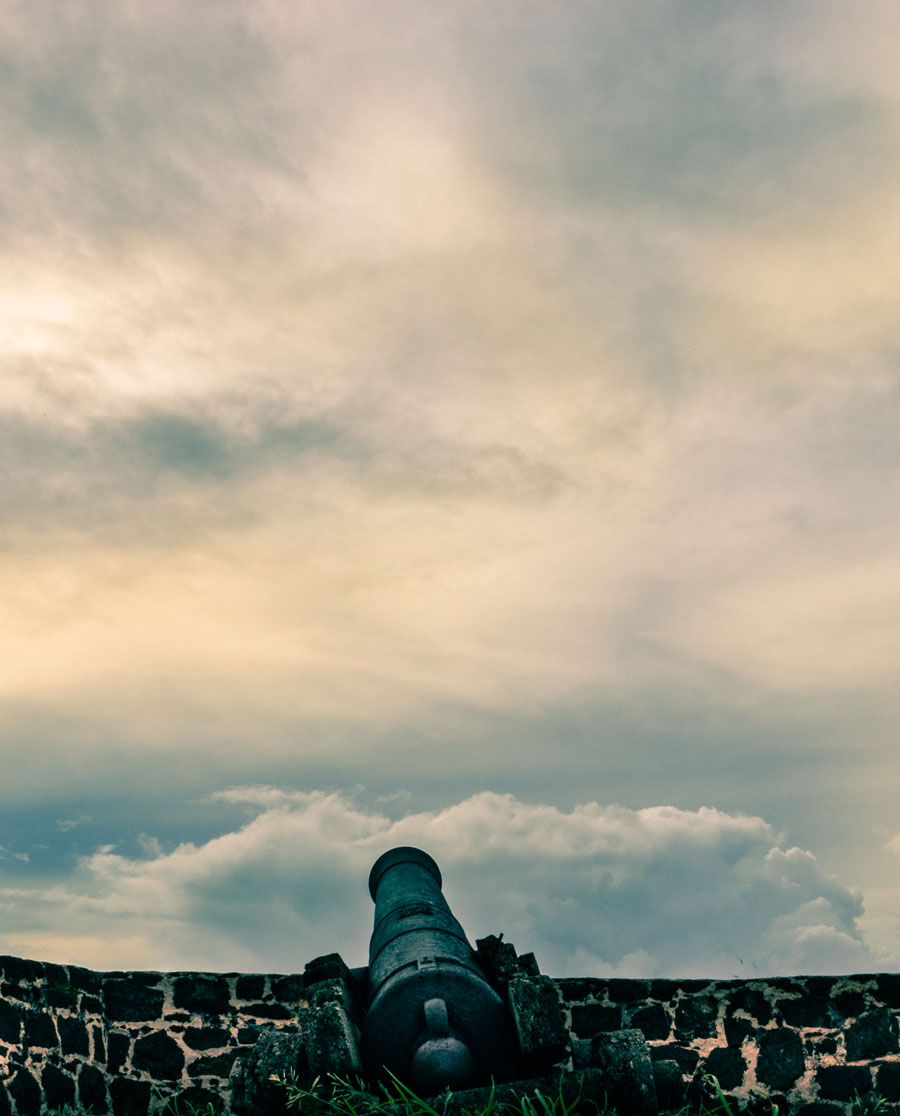Country Profile: Saint Lucia
Location: Eastern Caribbean | Capital: Castries | Currency: Eastern Caribbean Dollar (XCD) | Official Language: English
Overview
Saint Lucia is a sovereign island nation located where the Caribbean Sea meets the Atlantic Ocean, forming part of the Lesser Antilles. Known for its lush rainforests, volcanic peaks, and world-famous Piton mountains, Saint Lucia stands as one of the Caribbean’s most naturally captivating and culturally vibrant destinations.
The island lies north of St Vincent and the Grenadines, south of Martinique, and northwest of Barbados, offering easy regional and international access through modern air and sea links.
People & Culture
Home to just over 180,000 people, Saint Lucia’s population is predominantly of African descent — a testament to its rich history and enduring spirit. English is the official language, while Kwéyòl (Saint Lucian Creole) remains an integral part of everyday life, celebrated annually during Jounen Kwéyòl (Creole Day).
Saint Lucia is globally recognized for producing two Nobel Laureates — Sir Arthur Lewis (Economics) and Derek Walcott (Literature) — making it the nation with the highest number of Nobel Laureates per capita in the world.

Government & Political Structure
Saint Lucia gained independence on February 22, 1979, and remains a constitutional monarchy within the Commonwealth of Nations.
- Head of State: His Majesty King Charles III, represented locally by Governor General Sir Errol Charles.
- Head of Government: Hon. Philip J. Pierre, Prime Minister since 2021.
- The island operates under a parliamentary democracy, ensuring stability, transparency, and regular free elections.
Economy & Trade
Saint Lucia’s economy is service-driven, with tourism, manufacturing, agriculture, and business services as key contributors.
Tourism remains the leading source of revenue, supported by an expanding network of luxury resorts, eco-lodges, and cultural tourism initiatives. The sector continues to recover and grow post-pandemic, with record visitor arrivals in 2024.
Agriculture, once dominated by banana exports, now focuses on diversification — including cocoa, coffee, honey, seamoss, and tropical fruits — with growing emphasis on value-added processing and export readiness.
Export Saint Lucia plays a pivotal role in supporting local enterprises by expanding access to global markets, strengthening trade partnerships, and promoting the “Taste of Saint Lucia” brand across goods and services.

International Relations
Saint Lucia is a proud member of:
- CARICOM (Caribbean Community)
- OECS (Organisation of Eastern Caribbean States)
- WTO (World Trade Organization)
- UN (United Nations) and its specialized agencies
Through these memberships, the island actively advocates for sustainable development, climate resilience, and equitable trade opportunities for Small Island Developing States (SIDS).
Sustainability & Innovation
Saint Lucia is committed to green growth, renewable energy, and climate adaptation.
Initiatives in sustainable tourism, organic agriculture, solar energy, and blue economy innovation reflect the island’s long-term vision for economic and environmental resilience.
Why Invest or Trade with Saint Lucia?
- Strategic Location: Gateway between North and South America.
- Skilled Workforce: English-speaking, educated, and adaptable.
- Investor Friendly: Modern legislation, fiscal incentives, and streamlined export processes.
- Stable Democracy: Reliable institutions and transparent governance.
- Cultural Richness: Authentic Caribbean creativity — from cuisine to craftsmanship.
SAINT LUCIA’S MAIN EXPORTS
Q - What are Saint Lucia’s main exports?
A - Saint Lucia’s main exports are bananas, clothing, cacao, vegetables, fruits & coconut oil. Sea moss is also generating lots of good press as a major Saint Lucian export.
SAINT LUCIA’S HOLIDAYS
Q - What are Saint Lucia’s holidays?
A -
- New Year’s Holidays - January 1st & 2nd
- Independence Day - February 22nd
- Good Friday *
- Easter Monday *
- Labour Day - May 1st
- Whit Monday *
- Corpus Christi *
- Emancipation Day - August 1st
- Thanksgiving *
- National Day - December 13th
- Christmas Day - December 25th
- Boxing Day - December 26th
‘*’ Dates vary every year
TIME ZONE
Q - What is the local time in Saint Lucia?
A - In Saint Lucia, we are in the UTC-4. This means that we are 1 hour ahead of Washington DC during standard time.
TELEPHONE CODE
Q - How do I call a Saint Lucian number?
A - If you’re trying to contact someone in Saint Lucia, be sure to add the area code ‘758’

Are you a Saint Lucian manufacturer or service provider?
Join us at Export Saint Lucia. We’re developing an economy based on our culture, human resources, sound governance, and an open economy.

